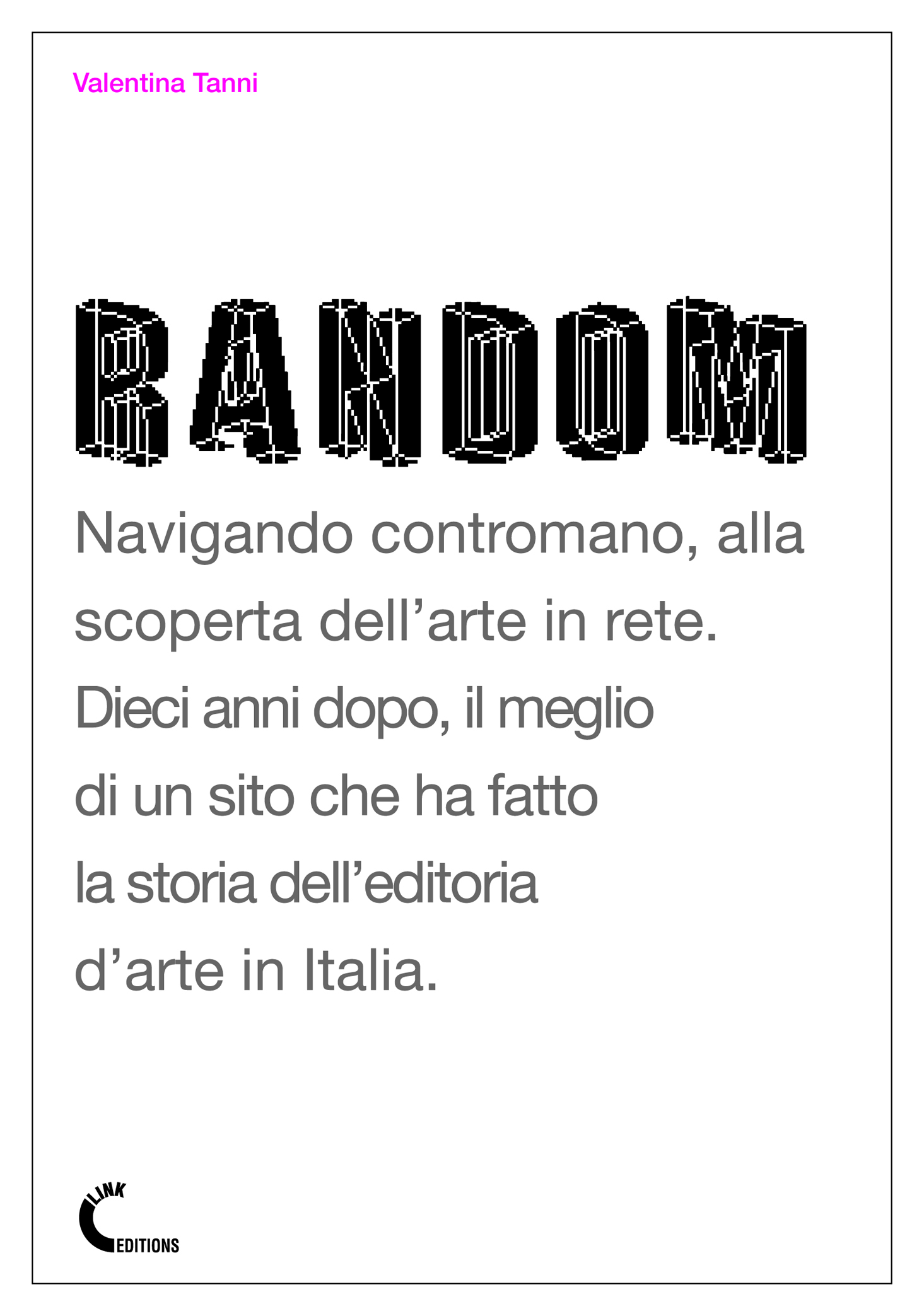![Monolith[s]](http://www.random-magazine.net/wp-content/plugins/simple-post-thumbnails/timthumb.php?src=/wp-content/thumbnails/1168.jpg&w=200&h=150&zc=1&ft=jpg)
Monolith[s]
Monolith[s], by Michael Takeo Magruder, juxtaposes two icons of British culture: stone circles (Stonehenge in particular) and the British Broadcasting Corporation (BBC). “We are in a gravitational pull of past and future.” (1) Lacking declarative evidence of its original purpose, Stonehenge is a site of contested meaning. “It suffers from polysemia, in that it signifies a range of meanings, discursively contested through image and text.” (2)
Visitors are kept at a distance, no longer permitted to walk among the stones and physically experience their immense scale. In “Monolith[s],” Magruder has appropriated the perspective that many images of the monument give: that of the majestic site at a distance, the glow of the sunset or moonrise radiating from the horizon, its backdrop. But Magruder’s virtual world IS approachable-indeed, the user may immerse herself in it or fly above it. As she does, the temporal and spatial dimensions of her own immediate environment are absorbed and rearranged into a constantly evolving virtual realm in which the history of the Information Age materializes.
Formulated according to motifs and proportions of ancient architecture, infused with fundamental mathematics of modern digital communication systems, each genesis of the artwork’s geometry is unique. Variables such as the time of day, the viewer’s location on the Earth, and the position of the Earth around the sun are incorporated into the artwork, thus instilling into the realm functions of a rudimentary clock, global positioning system, and solar calendar.
“Monolith[s]“ is a 2006 commission of New Radio and Performing Arts, Inc., (aka Ether-Ore) for its Turbulence web site. It was made possible with funding from the National Endowment for the Arts.
http://turbulence.org/works/monoliths
References:
(1) Jeanette Winterson, “Weight”
(2) Andy Letcher, Jenny Blain, & Robert J. Wallis, “Re-viewing the Past:
Discourse and Power in Images of Prehistory.”
For more information about Turbulence, please visit http://turbulence.org.

